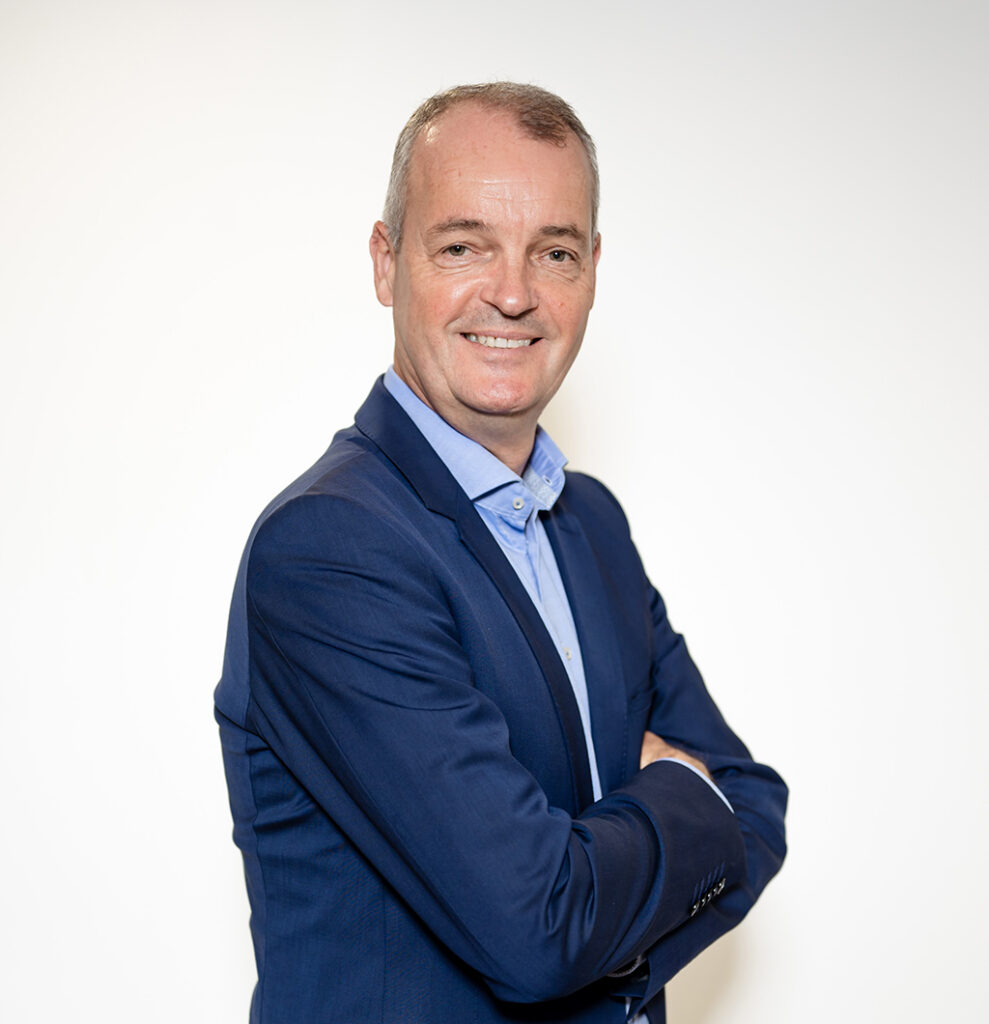
Process standardisation, technological upgrade, innovation, digital transformation and sustainability are a few key areas that has made Kuehne+Nagel a consistent and reliable logistics player, finds out Rajesh Rajgor in an exclusive interaction with Coen van der Maarel, Managing Director, Kuehne+Nagel India, Sri Lanka and the Maldives
Since when has Kuehne+Nagel been active in India and what are the geographies and industries within the country that you are currently working in?
We have been in India for the past 25 years, since 1997. We are a part of the global Kuhene+Nagel Group which has been in existence for 130 years, originating from Germany, with its head office in Switzerland. Today, we have a pan-India presence. We have our headquarters in Gurugram near Delhi, which is also the regional office for the northern and eastern parts of India. We have two regional offices in Chennai and Mumbai. From an activity point of view, we cover all Kuehne+Nagel transport modes such as sea logistics, air logistics, road transport and contract logistics which are our warehousing and distribution activities. Also, we have a 4PL activity, which we call integrated logistics, where we offer our customers a supply chain orchestration across the modes. At the moment, we operate with around 3500 people at around 50 locations in India.
You mentioned about India-specific sectors like road, sea and air transportation. What are the synergies like between these verticals and how do they collaborate while maintaining their own exclusivity?
That’s an important aspect of our business. If you look at it from a customer point of view, they are not always interested in just the individual vertical. Most proposals look for supply chain optimisation. If you look at our customer base, 40% of our customers work with more than one service we have. They operate across the sea, air and road logistics activities. There are some customer operations where the road transport business operates as a subcontractor for our sea logistics and other logistics activities. Our warehousing operations manage warehousing and order fulfilment for many of the road transport, sea logistics and logistic shipment. So it is, clearly a very much connected network of activities today.
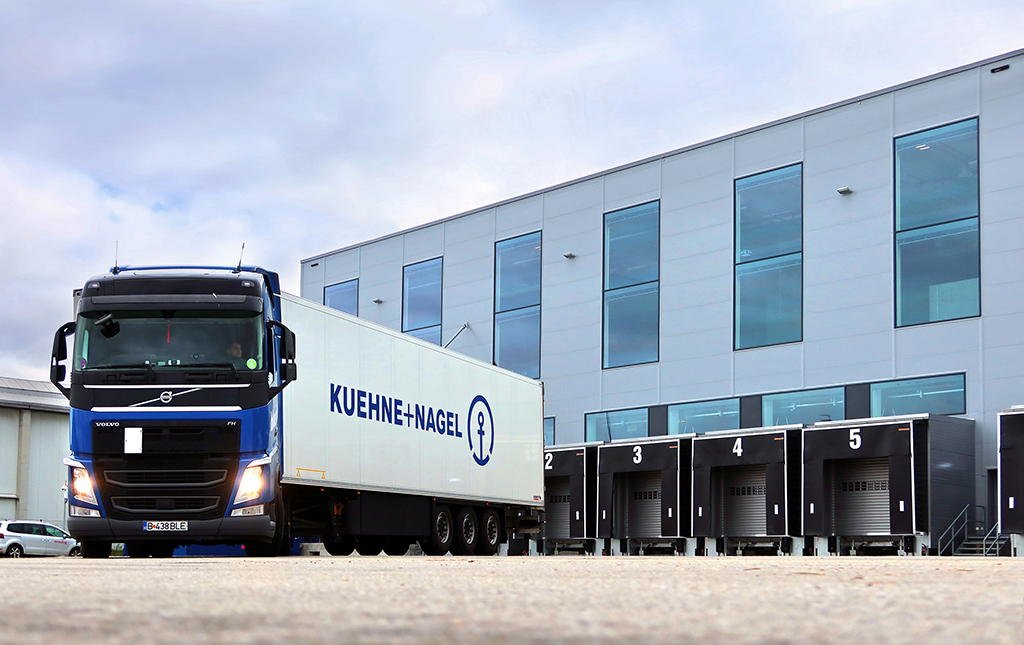
Would you please take us through some examples where you cater to India-specific requirements where you have maintained collaboration as well as the individuality of these verticals?
It really depends on the customers. Not all customers have the same requirements. If you look at the larger customers, the larger Indian multinational customers often are also organised in the different modes. There you will typically see that we only work on a sea logistics business, especially, for example, lanes specific to Europe or lanes specific to the US. In the warehouse and distribution space we typically see that customers would like to have the domestic solution. And there we have the entities work together very closely.
Supply chain management (SCM) is complex, more so in today’s demanding, digital yet frequently disrupted world. What technology and architecture do you integrate in your system to make clients’ supply chain transparent and robust?
As an international service provider in India, we have to differentiate ourselves with our systems. We are applying a lot of technology to what we do. I would like to share with you two examples; one, in the international sea logistics operations we have a technology called K+N Seaexplorer through which we provide our customers with a global transparent view of all shipping transactions and lanes, including the actual real time disruptions at port and domestic level. This helps our customers a lot to prepare their choices with regards to lanes and modes. The other example I would like to give is in truck operations where our technology supports the road logistics operations – creating full visibility of the shipments and also direct access to delivery information related to the shipment. These are just two examples of deploying technology that we need to be competitive and differentiate ourselves from the many local providers in the market in India.
How do you allocate your fleet resources for various requirements because you deal with a gamut of industries and verticals? Could you please provide a few examples where you have added value by solving certain customers’ problems with the existing resources you have or adding on some market vehicles?
We operate as an asset-light company as a 3PL service provider. It means that we have the teams and the systems in place to work with our suppliers and with our partner suppliers. We have a very strict, compliance-based selection process for our suppliers. We are flexible and agile to cater to the individual customer requirements. So, sometimes we have a dedicated transport supplier working for a specific customer in some areas. We have a multi-customer solution where we offer skill, and based on that we put in place the suppliers we need. But it is important to mention that we do not operate our own fleet other than a very few cases where there are specific customer requirements where we, based on the long contract, can put in dedicated vehicles.
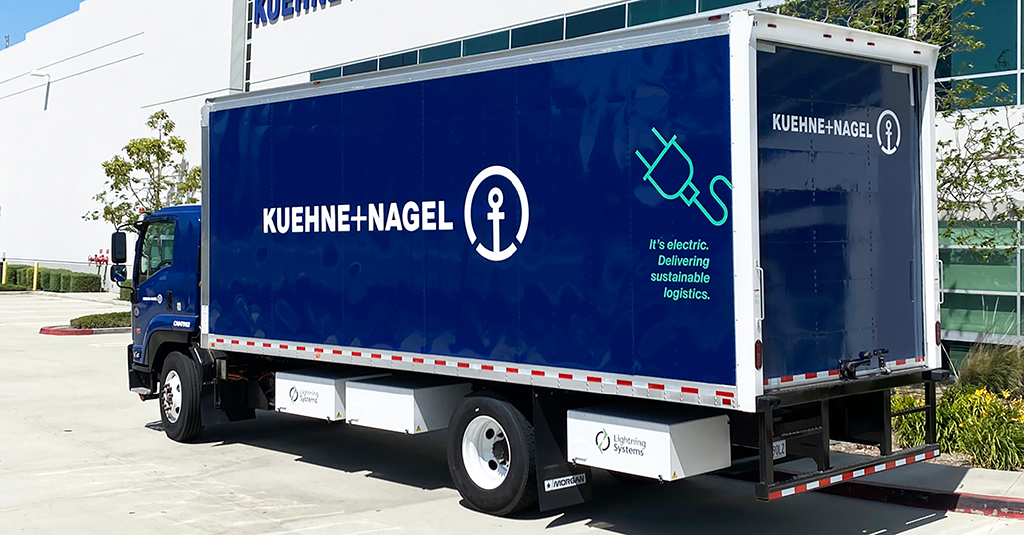
What about the resources, warehouses and the third-party logistics that you handle? Is that your own in India?
We operate around 50 distribution centres in India and a majority of them are rented or leased by us. Some of them are subcontracted. If you look at the workforce, it is a combination of our own Kuhene+Nagel staff and subcontracted labour.
Have you adopted any software or technology that you would want to highlight, particularly those iron out problems or ease the efficiency for your clients?
We do that on a continuous basis. We do think that human intervention still remains a very important aspect. There are specific activities, especially in the transactional operations of the sea and air segments, which can be covered through automation. There is a growth of e-forwarding providers. We cater to that and make sure that we do the same things while retaining our flexibility and customer-centricity from a human point of view. We have implemented what we call a 2.0 transformation in both our logistics and sea logistics, which brings more focus to our customer approach and customer service and customer-centricity. We have automated the transactions, thereby making us more agile to the customers’ requirements.
What are the industries that you cater to and who are your major clients?
From an industry sector point of view, the automotive segment is between 15-20% of the volume. We have also played a very important role in the pharmaceutical industry in the past two years during the full-blown pandemic period. We did a lot of dedicated air charters, for example, to bring vaccines to the US and to Europe. We started operations in Europe with cold store operations. We also have industrial customers where we supply them with spare parts and also production logistics activities. Then we also have e-commerce that is doing well over the past two years. We have many customers and facilities where we do the order fulfilment for last mile delivery. All these segments are booming.
We know about Kuehne+Nagel introducing electric vehicles for airport transfers in Mumbai. Is that part of your commitment towards sustainability and zero emission targets?
As we speak, we have similar operations in Bangalore and Delhi where we operate a relatively small but dedicated fleet of e-vehicles. We cater for dedicated transport and have a continuous flow of goods from the warehouse to the airport. We think that is one of the elements we provide from a sustainability point of view. Kuehne+Nagel has secured the equivalent volumes of waste-based, next-generation bio fuel to save CO2e emissions of 40,000 TEUs. In line with the company’s zero emission targets, customers can participate to neutralise the CO2e emissions from their own shipments on any trade or service worldwide. We have started providing bio fuel and sustainable aviation fuel services to our customers. There is a very strong momentum also at the customer side where they require us to come up with new sustainability proposals. The evolvements taking place are truly encouraging.
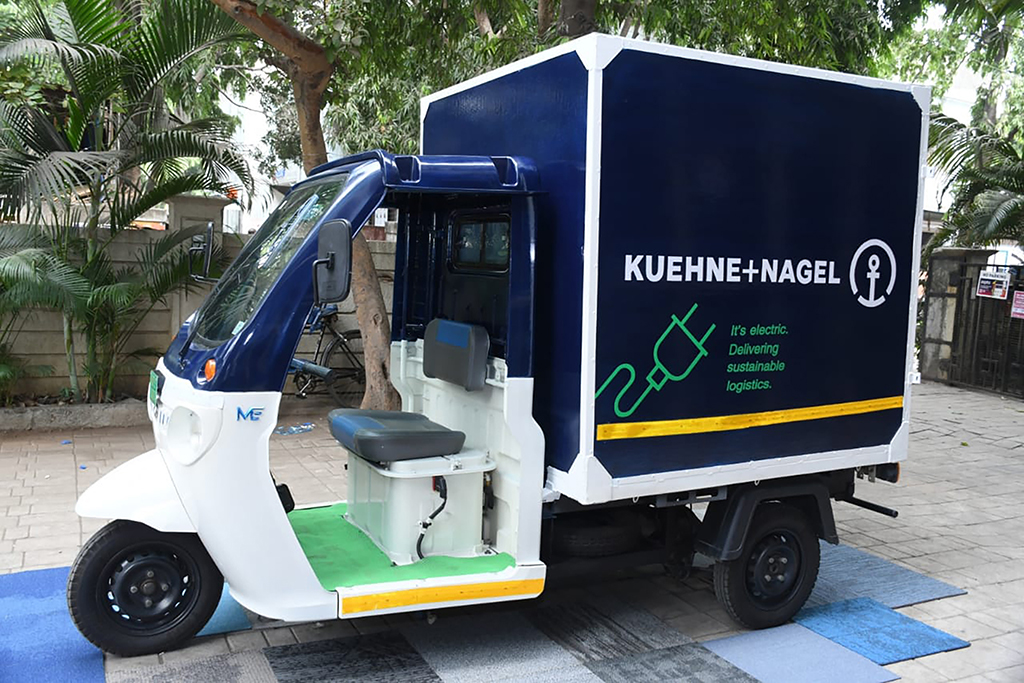
Could you share your thoughts on being awarded the ‘Best Freight Forwarder’ at India’s first National Logistics Excellence awards presentation held in New Delhi by the Ministry of Commerce and Industry, Government of India? What business processes, according to you, led to the eventual trophy and success?
We are very proud to have been honoured with the ‘Best Freight Forwarder’ award in India in 2021. It was the first time that the national awards were given. We would like to be the best company to work for and to work with for our customers. So, this is playing exactly into that wish. There were four main areas as a criterion to give that award. It was about process standardisation, technological upgrade and innovation, digital transformation and sustainability. We had to present our positioning and evidence more or less to the committee and it was fantastic that it was recognised.
What, according to you, are the three positives from the Indian industry and the three challenges that you would want to address?
Let me start with the three positives. The logistics industry in India has an expectation to grow on an average by more than 10% in the next few years. We are aiming to have our share there, and more than the market share. The second positive is mainly focused on the main metro cities in India today. If you look at the growth expectation, this will also be happening in the Tier II and III cities. As regards our customer-centricity model, from a footprint point of view we will move into a direction that will bring us closer to those markets. So we plan to expand into those smaller cities. Last but not the least, a positive that I would like to highlight is the fact we are focused on sustainability and renewable energy as part of our development process.
What are the company’s medium to long-term growth plans for India and rest of the world?
The one thing I can say is that this year the Asia Pacific region has turned out to be the largest region for our operations and that includes India. The growth expectations for us as a team are very high. We expect high growth in the next few years.
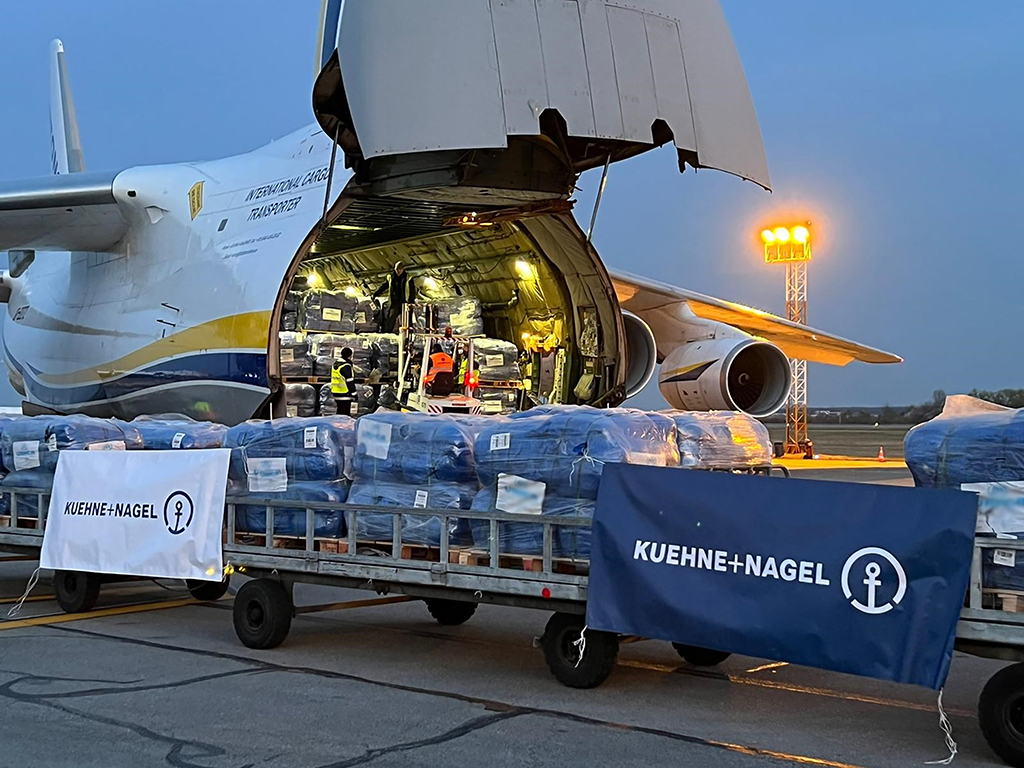
Which are the regions you think are currently strong and would offer scope for further expansion?
From an international perspective, Europe and the US remain very strong, but the strongest growth is being expected from across Asia in all the three segments of sea, air and road. We will also grow in the segments of warehousing and 4PL logistics, especially in India.